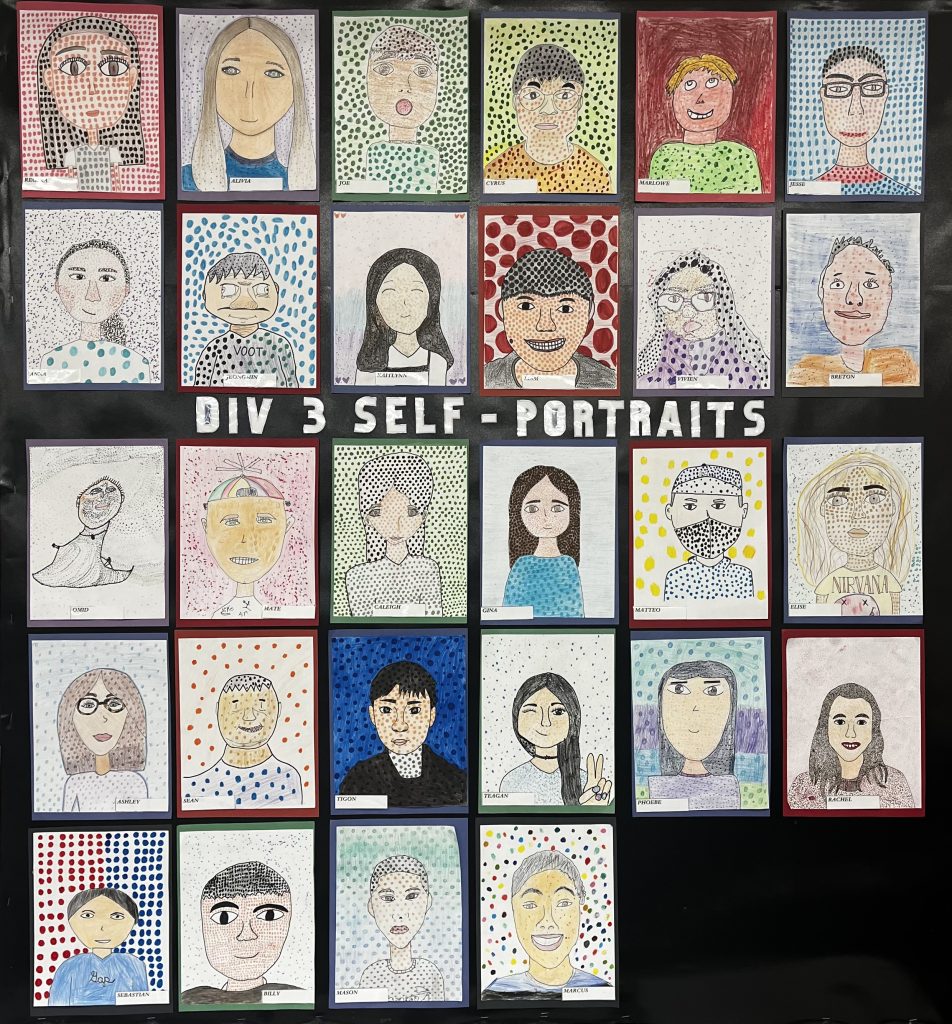
The videos below talks about how important these skills are to develop and how to help kids develop them so that they can succeed in school, achieve their goals and plan for the future.
In class we have been learning about each executive function and students have been setting weekly intentions to help strengthen and develop these skills. In class we have been learning more about how the brain develops executive functions and students have been setting individual/collective goals around the following executive functions below:
Impulse Control
Ability to think before speaking, resist temptation, think about choices and consequences of behaviors before acting.
Flexible Thinking
Ability to think about different ways to solve problems, adjust to new situations, learn from mistakes, cope with routine changes, try new things, switch from task to another, and learn new things.
Emotional Control
Ability to regulate emotions, choosing which emotions are appropriate in any given situation, maintaining emotions under pressure.
Working Memory
Ability to follow instructions, pay attention, use relevant information while in the middle of an activity.
Self-Monitoring
Ability to have self-awareness of how one is doing in the moment to make adjustments of actions/behaviors to the current situation.
Planning and Prioritizing
Ability to plan daily tasks to meet short and long-term responsibilities.
Task Initiation
Ability to motivate self to begin tasks by directing behaviors and actions.
Organization
Gather and keep track of information and belongings.
Throughout the week they have been monitoring their individual and collective efforts. This critical reflection is helping them develop an awareness of their own needs and they are learning to monitor their progress, develop, and sustain growth in each of these areas.
Videos Links:
What is Executive Function?
https://youtu.be/ex0M-vPHPr4?si=jtMswwBLzLebAF6y
Executive Functions
https://youtu.be/ihP_ej4eixs?si=IJQjqCO_QikVhkf3
Executive Function-A Day in the life of…
https://youtu.be/I0IPjr9CKqg?si=KUb_vanW3Y7LmoPL
10 Ways to Train Your Brain to Be More Focused and Productive
https://youtu.be/322buwrWqhg?si=oP03hHzBPCtqsDej
How to Improve Your Concentration and Focus
https://youtu.be/XBpcaZrYdXw?si=OXbtA2CmClHYuilP
How does breathing impact the brain?
https://youtu.be/2HojLhKlJto?si=Btq0u93Et2KMEmks
The Science of Breathing
https://youtu.be/wpWa-z3wDmw?si=AVHppzaUEJHHPMjh

























